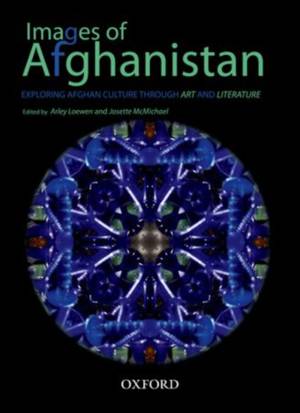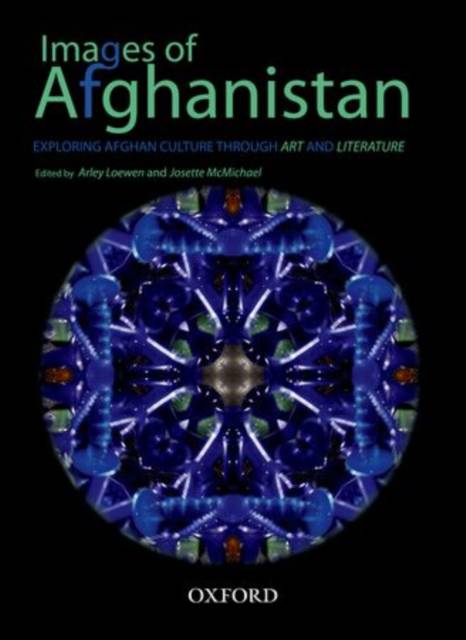
Je cadeautjes zeker op tijd in huis hebben voor de feestdagen? Kom langs in onze winkels en vind het perfecte geschenk!
- Afhalen na 1 uur in een winkel met voorraad
- Gratis thuislevering in België vanaf € 30
- Ruim aanbod met 7 miljoen producten
Je cadeautjes zeker op tijd in huis hebben voor de feestdagen? Kom langs in onze winkels en vind het perfecte geschenk!
- Afhalen na 1 uur in een winkel met voorraad
- Gratis thuislevering in België vanaf € 30
- Ruim aanbod met 7 miljoen producten
Zoeken
Images of Afghanistan
Exploring Afghan Culture Through Art and Literature
Arley Loewen, Josette McMichael
Hardcover | Engels
€ 31,45
+ 62 punten
Omschrijving
Images of Afghanistan provides the first-ever overview of the art and literature of Afghanistan. 32 chapters on art, music, film, proverbs, short stories, poetry, cartoons, and folktales in popular style offer key insights into the complexities of Afghan culture. The book is divided into seven sections. Introductory chapters focus on the history of Afghanistan and understanding culture through art and literature. A Dari Literature section covers classical and modern poetry, short stories, proverbs and children's rhymes. A Pashto Literature section includes traditional poetry, modern poetry, short stories, folktales, proverbs and tappas. The Themes of Culture section analyzes the dynamics of shame and honor in the Persio-Afghan setting, the traditional need for patronage and its modern relevance, the mystical longing for God as reflected in the ghazals of Hafiz, and romantic love in traditional and modern love stories. The Traditional Art section covers calligraphy, woodworking, and ceramics, the unique layout of the traditional city, and archeological heritage. The Performing Arts and Fine Art section explores the development of music, fine art, and film in Afghanistan. A final section called Potpourri features Afghan authors who help span the chasm between east and west, a selection of modern cultural initiatives, the infamous folk character Mullah Nasruddin, the role of women in art and literature, and cartoons and comedy.
Specificaties
Betrokkenen
- Auteur(s):
- Uitgeverij:
Inhoud
- Aantal bladzijden:
- 350
- Taal:
- Engels
Eigenschappen
- Productcode (EAN):
- 9780195477955
- Verschijningsdatum:
- 6/09/2010
- Uitvoering:
- Hardcover
- Formaat:
- Genaaid
- Afmetingen:
- 185 mm x 249 mm
- Gewicht:
- 907 g

Alleen bij Standaard Boekhandel
+ 62 punten op je klantenkaart van Standaard Boekhandel
Beoordelingen
We publiceren alleen reviews die voldoen aan de voorwaarden voor reviews. Bekijk onze voorwaarden voor reviews.









